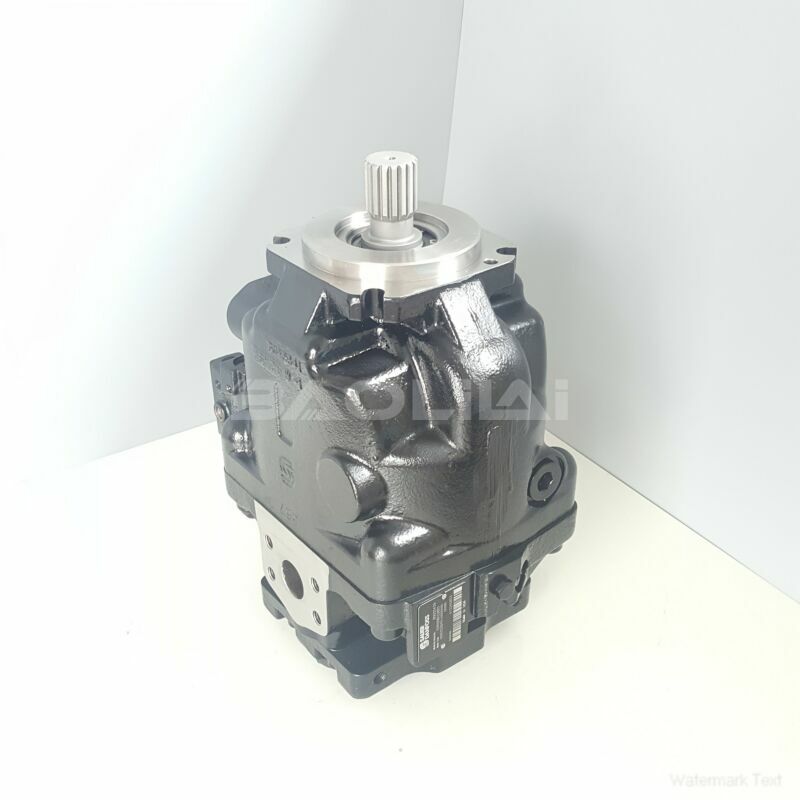ERL100BLS2630NNN3S1NLA1NNNNNNNNNN hydraulic oil pump
ERL100BLS2630NNN3S1NLA1NNNNNNNNNN hydraulic oil pump

- Product Details
- Applicable Scene
Compatibility with seals and other pump parts is another essential factor. The materials used for plungers must be compatible with the elastomers and seals within the pump to avoid chemical degradation, which can lead to leaks and reduced efficiency. Conducting a compatibility assessment ensures that all components work harmoniously under operational conditions, contributing to overall pump reliability.
ER-L-100B-LS-26-30-NN-N-3-S1NL-A1N-NNN-NNN-NNN
ERL100BLS2630NNN3S1NLA1NNNNNNNNNN
Cost considerations also play a vital role in material selection. While more expensive materials may offer longer lifespans and lower maintenance needs, budget constraints often require a balance between initial investment and long-term operational costs. It is essential to evaluate the total cost of ownership, including potential downtime, maintenance, and replacement costs when determining the most suitable material.

83001424
Environmental considerations are increasingly influencing material selection for plunger pumps. The growing emphasis on sustainability and environmentally-friendly practices means that many industries are looking for materials that reduce environmental impact. Biodegradable materials or recyclable options can provide competitive advantages and align with corporate responsibility goals.
In conclusion, selecting the right material for plunger pumps is a multifaceted decision that impacts performance, reliability, and overall cost-effectiveness. By carefully considering factors such as fluid characteristics, temperature, pressure, wear resistance, compatibility, and environmental impact, businesses can ensure they choose the most suitable materials for their applications. Ultimately, the right material selection not only enhances the operational lifespan of the pump but also contributes to more efficient and sustainable fluid handling processes.





